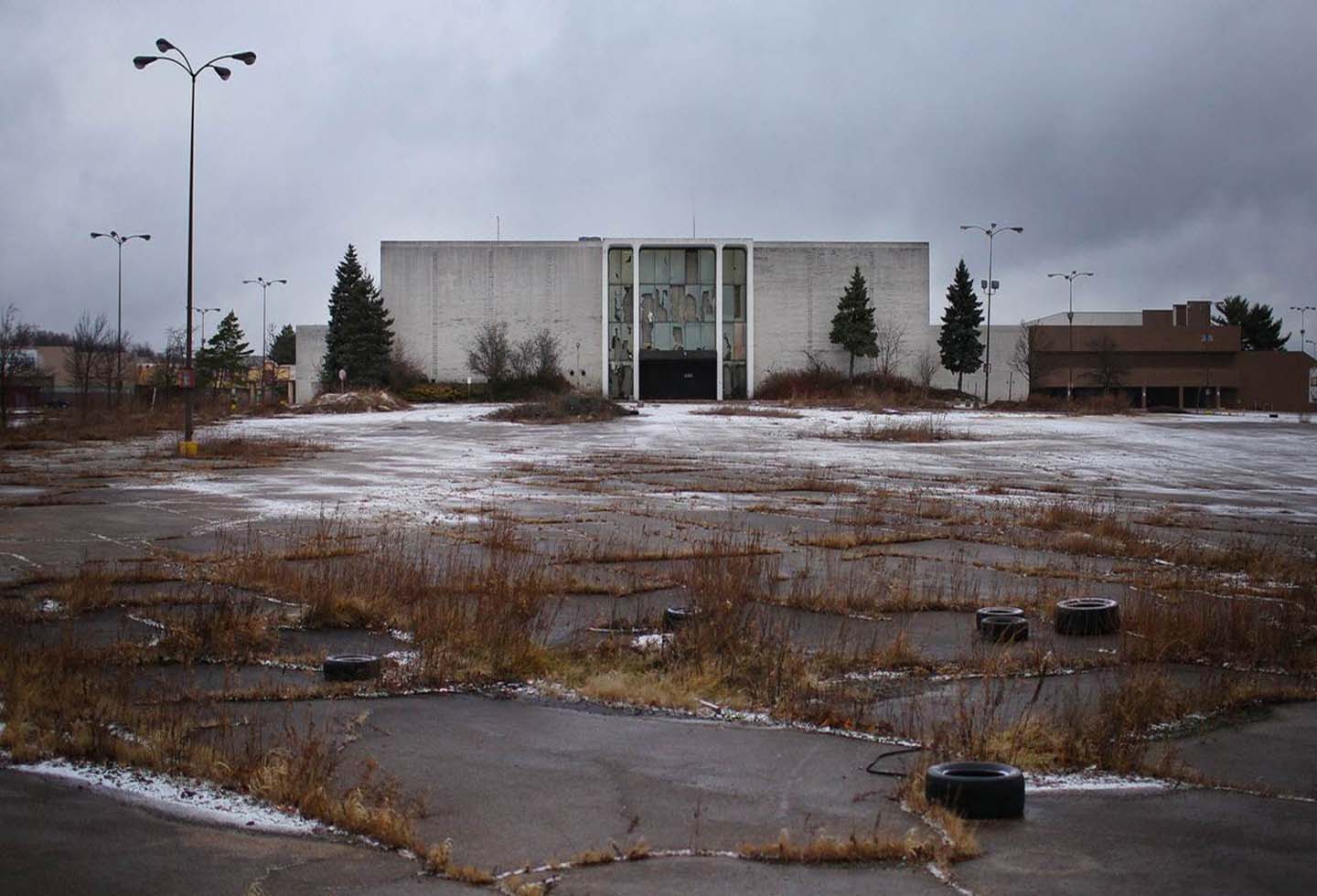Every business starts by examining the unknown. Will customers buy my product? Are my service offerings strong enough to build a client base? Can I succeed in a crowded marketplace? This fundamental examination hinges on asking the right questions of your future stakeholders and customers. At Caruso Affiliated, we call this “community-centered design.”
When I started my company, it amazed me that many developers never truly engaged their communities. Rather, they bought property, came up with plans behind closed doors and hired lobbyists to secure approval. Then they’d brace themselves for opposition.
They viewed “community relations” as another box to check, rather than a fundamental part of their business plans. That not only cost them more money and jeopardized their projects’ approval; it also alienated what should be their customer base. What a wasted opportunity!
“Community-centered design” turned that traditional approach on its head. It draws on the wisdom of the very people who live and work near our projects. We created this process for retail development, but its underlying principles can be successfully applied to practically any business.
Here’s how it works: Long before we draw up an architectural plan or meet with a city official, we first meet with the most active people in the community – often in in their own living rooms.
We ask them to talk about themselves and their neighborhood. We study the community inside and out – its character, its standards, what’s great, and what might be missing. What kinds of services and stores would they and their neighbors most like to see? And, what would they absolutely want us to avoid?
It’s all about asking “what is the highest and best use for this property?” Many developers fail by answering that question solely by looking at how to drive revenue out of every square foot. There are intangibles that can only be identified by knowing your customers and looking beyond a spreadsheet.
After our listening tour, we hold “white board” sessions with as many neighborhood residents as possible. It’s not enough to just listen. You have to reflect back your understanding to the community and engage in a real conversation. When we sustain a genuine dialogue, three benefits spontaneously arise:
• Community Champions: The most active neighbors often become our strongest champions. These community champions tell their neighbors, advocate before their elected officials, and become our most committed partners. All of this is built upon the foundation of trust we strive to establish from the very first meeting. The project becomes as much a reflection of them as it is of us.
• Fountain of New Ideas: Great ideas emerge out of our conversations. While building the Americana at Brand, I received an email late one evening from a mother asking us to include a family lounge as part of the project. What a great idea! We built a comfortable place where moms can nurse in private, parents can change a diaper, and kids can take a break. It’s always busy and people love it. It doesn’t generate a cent in direct revenue, but there was a clear need and we now include them in all our new properties.
• Deep Loyalty: Our relationship with the community only deepens after the ribbon is cut. We are active in civic life, sponsor youth scholarships, and host a wide-range of activities that are free to everyone. People jog through our properties, walk their dogs, and meet friends – sometimes without ever buying a thing. That’s fine. It’s their little downtown. That loyalty is priceless, and they keep coming back.
Community-based design works. Our guests – we call them guests, not customers – consider the property to be as much theirs as it is ours (which is true). In terms of revenue per square foot and number of visits and purchases made, we lead the entire industry. This would not have been possible without a focus on community-centered design.
So before you sell a single product or service, get out from behind the desk and talk with your potential customers. Understand their perspectives – what motivates and challenges them? Learn as much as you can about the market and adjust your strategy accordingly. Most importantly, listen closely and respond through your actions. Only then you will discover your greatest champions, best ideas, and most loyal customers.


